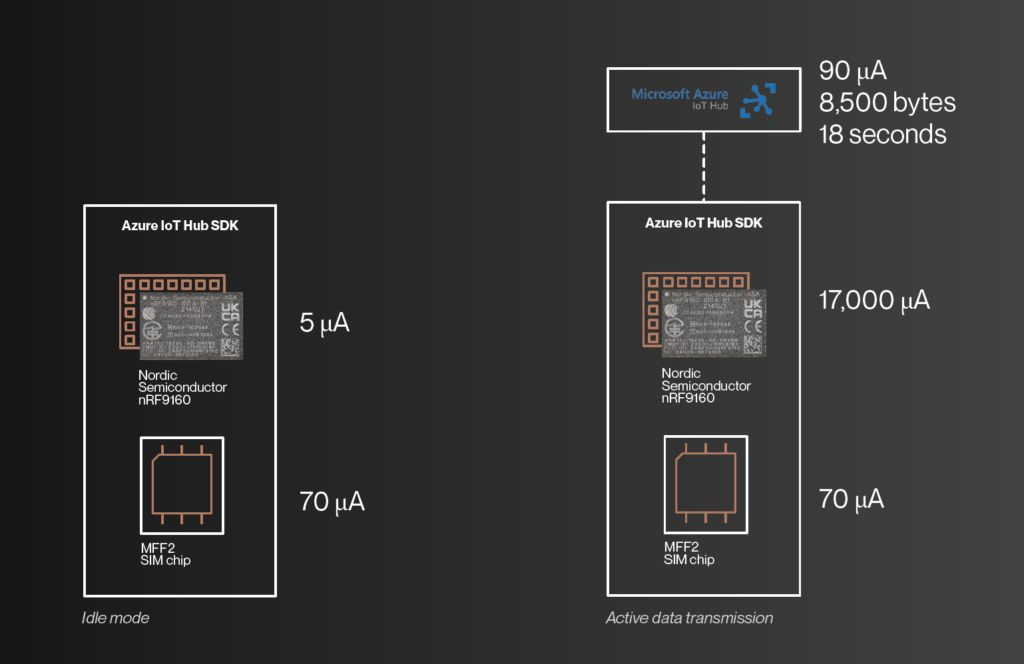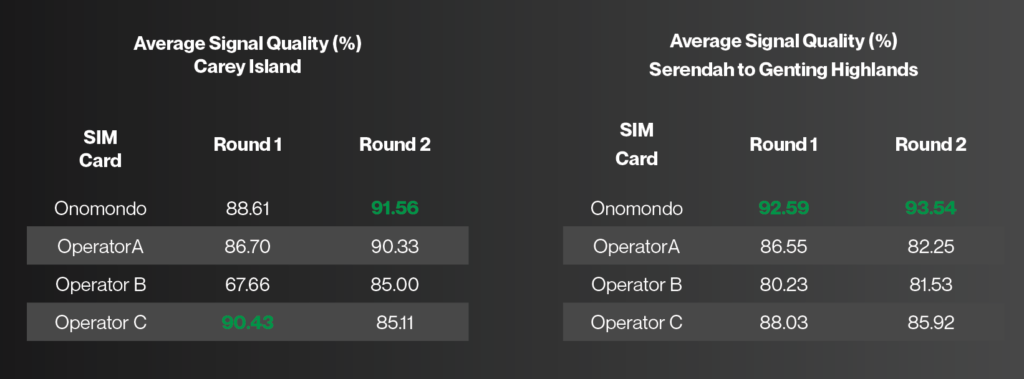Optimizing how much power devices use is a key part of the Internet of Things (IoT) reaching its full potential. Low-power IoT devices will open up new ways to track assets, monitor the environment, use smart meters, connect cars, and do much more.
In our new white paper, we look at different ways to connect IoT devices that can help them use less power and last longer. Thanks to innovations in networks, it’s possible to massively reduce the power consumption of IoT devices.

Why is low-power IoT important?
For IoT to scale and new use cases to come onto the market, IoT devices need to become smaller, cheaper, and more power efficient.
In many large-scale tracking cases, the battery itself is around 70% of the total material cost of an IoT device. By making devices more power efficient, it becomes possible to spend less on batteries to make the product you need.
The battery also plays a significant role in the size of an IoT device. This is a significant problem in many IoT use cases, especially when tracking assets, people, or animals.
Finally, the longer your device can function, the longer you can create value from it. If you need to switch batteries or have some other kind of human interaction with devices due to power issues, the commercial model of the IoT device is simply lost in many cases.
In summary, more power-efficient devices mean:
- Longer lasting devices
- More compact products
- New IoT use cases
Three methods for reducing power consumption
In this report, we take an already low-power IoT device and reduce its power consumption even further.
The device we tested on was a Nordic Semiconductor nRF9160. We used LTE-M networks and the eDRX power saving feature during our tests, which were based on two scenarios:
- Idle
- Active data transmission

LTE-M and eDRX are already good decisions when optimizing for power consumption. You can read more about LTE-M and power saving modes in this popular article: NB-IoT vs. LTE-M: A Comparison of the Two IoT Technologies.
There are many things we, as the operator, are involved in that affect power consumption without touching the device or the cloud. Now, we put forth three more connectivity decisions that will reduce power consumption even further.
- The SIM
- Data transmission
- Coverage
Removing SIM hardware
The Onomondo SoftSIM is a SIM application that performs all of the functionality of a UICC SIM card but does not require any kind of extra data storage. i.e., it doesn’t require a SIM chip.
Instead, the SoftSIM is stored on the existing memory and processor of the device, optimizing power consumption and reducing the bill of materials for devices.
No-code cloud connectors
Onomondo’s no-code cloud connectors move the burden of handling cloud SDKs onto the network.
In this report, we show you how data transmission of a 100-byte payload with the Onomondo Azure IoT Connector can limit data transmission to 1 packet, an unmeasurably short time span, and less than 150 bytes from the original of over 8000.

Improving coverage
Finally, we demonstrate how removing PLMN lists from SIMs can reduce power consumption thanks to improved signal strength and fewer disconnection events.
By letting the SIM automatically choose a network with a good enough signal level, your device will typically latch on to the base station that is the nearest and has the best quality. You can read more about non-steered SIMs here: Improve Coverage with Automatic Network Selection.
If you use steered SIMs, on the other hand, the prioritized network your device chooses may have poor signal quality, increasing the chance of packet loss, disconnection events, and other poor quality of service (QoS) issues.

Read the white paper
Download the white paper now and discover power-saving IoT connectivity options in this new white paper with transparent test results.






